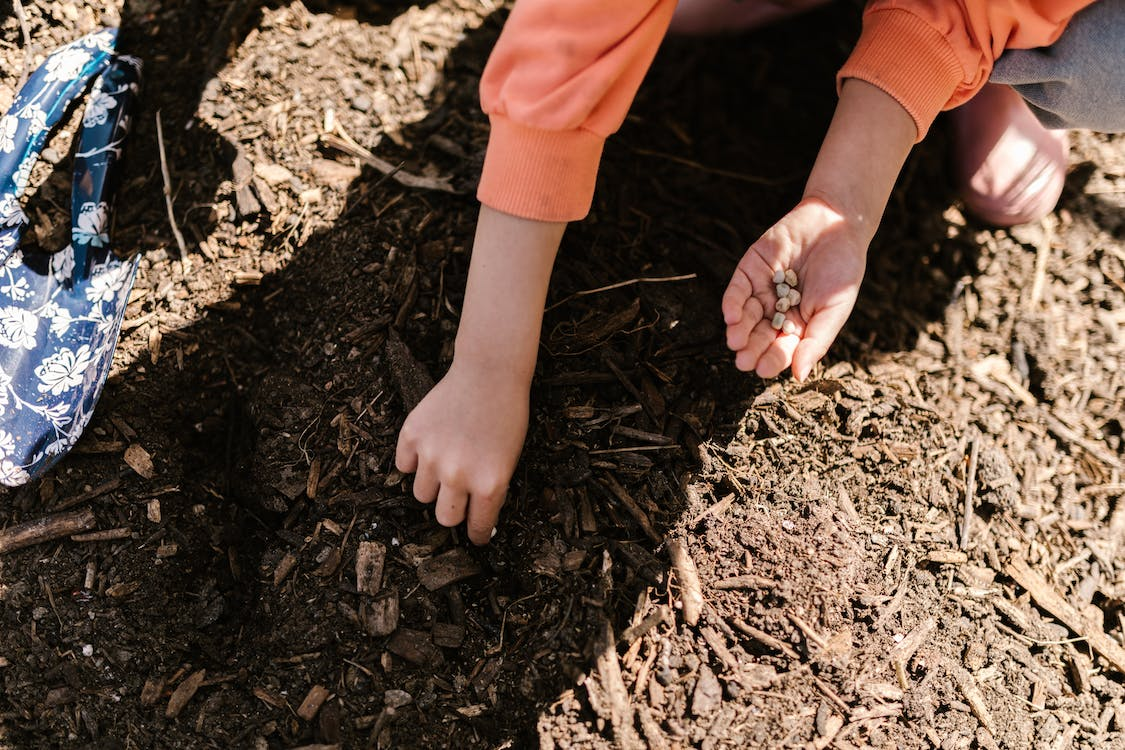If you're concerned about the future and want to be prepared for anything, one of the best things you can do is start a survival garden. A survival garden is a garden designed to provide you and your family with fresh, healthy food in the event of a disaster, food shortage, or other emergency. In this post, we'll go over the basics of survival gardening, including getting started, preparing your garden, choosing the right plants, and other key considerations.
Getting Started
Before you can start your survival garden, there are a few things you'll need to do to get started. Here are the key steps:
Choose a location
The first step is to choose a location for your garden. You'll want to choose a spot that gets plenty of sunlight, has good drainage, and is easy to access. You'll also want to make sure it's a location that's safe and secure.
Test your soil
The next step is to test your soil to see what nutrients it contains. You can do this by purchasing a soil test kit or sending a sample of your soil to a testing lab. Knowing what nutrients your soil is lacking will help you choose the right plants for your garden and ensure they get the nutrients they need.
Prepare your soil
Once you know what nutrients your soil is lacking, you'll need to prepare it. This may involve adding organic matter, such as compost or manure, to improve the soil's structure and fertility. You may also need to adjust the pH of your soil if it's too acidic or alkaline.
Choose your plants
Finally, you'll need to choose the plants you want to grow in your survival garden. You'll want to choose plants that are easy to grow, high-yielding, and provide a good source of nutrients. Choose the right seeds for your garden.

Preparing Your Garden
Once you've chosen a location and prepared your soil, it's time to start preparing your garden. Here are some key steps to take:
Clear the area
The first step is to clear the area where you'll be planting your garden. This may involve removing grass, weeds, rocks, or other debris.
Plan your garden
Next, you'll want to plan your garden. This may involve sketching out a design or using garden planning software to help you visualize your garden. You'll want to consider things like the size of your garden, the spacing between plants, and the types of plants you'll be growing.
Build raised beds
If you're planting your garden in an area with poor soil or drainage, you may want to consider building raised beds. Raised beds are essentially garden boxes that are filled with soil and provide a better growing environment for your plants.
Install irrigation
Finally, you'll want to install irrigation to make sure your plants get the water they need. This may involve installing a drip irrigation system or simply setting up a sprinkler.
Choosing the Right Plants
Choosing the right plants is key to a successful survival garden. Here are some tips to help you choose the right plants:
Choose easy-to-grow plants
When choosing plants for your survival garden, you'll want to choose plants that are easy to grow and require minimal maintenance. Some good choices include tomatoes, peppers, cucumbers, beans, and squash.
Choose high-yielding plants
You'll also want to choose plants that are high-yielding and provide a good source of nutrition. Some good choices include kale, spinach, carrots, beets, and peas. The Two SECRET WEAPONS to Supercharge Your Crop Yield.
Choose plants that store well
Finally, you'll want to choose plants that store well so you can preserve your harvest for later use. Some good choices include root vegetables like potatoes, carrots, and onions, as well as fruits like apples and pears.

Other Key Considerations
In addition to choosing the right plants, there are a few other key considerations to keep in mind when starting a survival garden. Here are some things to keep in mind:
Seed selection
Choosing the right seeds is key to a successful survival garden. You'll want to choose seeds that are non-GMO, heirloom, and organic if possible. These types of seeds are often more resilient and better suited to the types of conditions you may face in a survival situation.
Crop rotation
Crop rotation is an important practice that involves changing the location of your crops each year to help prevent soil-borne diseases and pests. Make sure to plan for crop rotation in your garden design.
Pest management
Pests can be a major problem in any garden, and they can be especially problematic in a survival garden. Make sure to have a plan in place for pest management, whether that involves using natural methods like companion planting or introducing beneficial insects, or using chemical pesticides as a last resort.
Harvest and preservation
Finally, you'll need to have a plan in place for harvesting and preserving your crops. This may involve canning, freezing, or dehydrating your harvest to ensure it lasts as long as possible.
Starting a survival garden is a smart choice for anyone who wants to be prepared for the unexpected. By following the steps outlined in this post, you'll be well on your way to starting a successful survival garden that can provide you and your family with fresh, healthy food in the event of an emergency. Just remember to choose the right location, prepare your soil, choose the right plants, and keep in mind the other key considerations we've covered. Good luck, and happy gardening!
Next Steps
If the time and labor involved in survival gardening is holding you back from growing your own food source. You could quickly improve your own health and that of your garden simultaneously. Ready to take the next steps? Get everything you need to help your survival garden flourish, from survival seeds to bat houses and tools.











